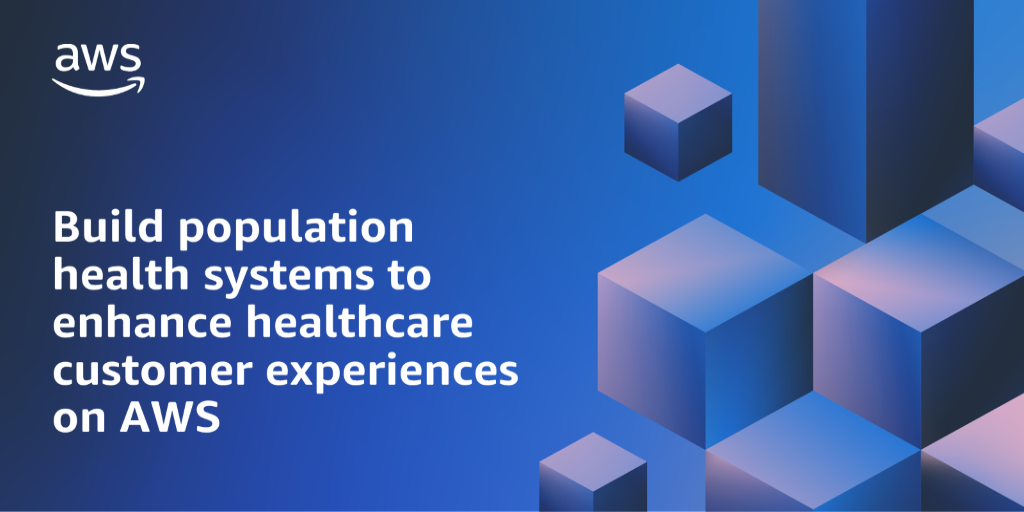AWS Public Sector Blog
Category: Artificial Intelligence
Icometrix helps to detect and treat neurological diseases with AI imaging, powered by AWS
Icometrix is a healthcare technology company that supports neurologists in making the correct diagnosis and prognosis for several brain diseases. Hundreds of clinical practices employ icometrix’s artificial intelligence (AI) imaging solutions, powered by Amazon Web Services (AWS), to aid in detecting and treating diseases such as multiple sclerosis and Alzheimer’s.
Nebraska Judicial Branch modernizes its Electronic Exhibits System using AWS
More than 180 courts compose the Nebraska Judicial Branch, which together handle more than 285,000 cases annually and all of the case exhibits that come with such a workload. This blog post highlights the Judicial Branch’s journey to building an electronic exhibits system on Amazon Web Services (AWS).
34 new or updated datasets available on the Registry of Open Data on AWS
This quarter, AWS released 34 new or updated datasets on the Register of Open Data. What will you build with these datasets? Read through this blog post for inspiration.
Alteia and the World Bank assess and enhance road infrastructure data quality at scale using AWS
Read this blog post to learn how the World Bank assesses road infrastructure faster and at less cost by using Alteia data analytics powered by Amazon Web Services (AWS), geospatial imagery, and satellite imagery available on the Registry of Open Data on AWS.
BriBooks improves children’s creative writing with generative AI, powered by AWS
Generative artificial intelligence (generative AI) has the potential to play several important roles in education, transforming the way we teach and learn. This blog post looks at how one EdTech startup, BriBooks, is leveraging generative AI to assist young children with creative writing.
USAID uses Amazon Transcribe to publish speeches in minutes
After migrating to the cloud, USAID knew it could streamline its transcription process of its leader’s public remarks with cloud technology. Read this blog to learn how USAID created a solution with Amazon Transcribe, an artificial intelligence (AI)-powered service from Amazon Web Services (AWS), in collaboration with AWS Partner CloudShape that helps the agency transcribe and publish remarks in minutes.
Build population health systems to enhance healthcare customer experiences on AWS
As the amount of health data increases, different healthcare, life sciences, population health, and public health organizations are working to modernize their data infrastructure, unify their data, and innovate faster with technologies like artificial intelligence and machine learning (AI/ML). In this blog post, we dive deep on architecture guidance that enables healthcare providers to improve patient care.
Unhoused individuals gain shelter, prove their identity using AWS-powered solution Kiip
Without proper documentation, unhoused individuals face overwhelming barriers to stability and opportunity. But new technologies and tools address these problems while helping the organizations who serve vulnerable populations. One innovative solution called Kiip, powered by Amazon Web Services (AWS), takes a unique approach to this problem by empowering individuals with access and control over their own personal, vital documents.
Applying AI in Healthcare: Netsmart AI Data Lab
Healthcare organizations across the nation are working to address clinician burnout and are more constrained than ever. That’s why Netsmart, an industry leader in electronic health records for human services and post-acute care, and Amazon Web Services joined forces to advance artificial intelligence for community-based care providers, through the development of an AI Data Lab. By combining the scale and power of AWS with the Netsmart CareFabric® platform, Netsmart is driving intelligent automation, generative AI, predictive analytics, natural language processing and risk models to improve care delivery and outcomes for community-based care providers.
Applications are open for the AWS Education Accelerator
Amazon Web Services (AWS) is launching its first Education Accelerator, giving EdTech founders the support and mentorship they need to bring innovative solutions to market by leveraging the power of data, analytics, AI/ML and the cloud.









